The London postcode system is one of the most famous and intricate in the world, offering an essential glimpse into the city's layout and organization. London, a sprawling metropolis with a rich history and diverse culture, is divided into various postcode districts that reflect its evolution from a collection of villages to a global urban hub. Understanding the London postcode list is crucial for anyone navigating the city, whether for business, travel, or daily life.
What is London Postcode System
The London postal districts were introduced in 1857 as a way to streamline the sorting and delivery of mail. As the city expanded rapidly during the Industrial Revolution, the demand for a more efficient system grew. London's postal districts were initially based on compass points, such as North (N), South (S), East (E), and West (W), with subdivisions that further categorized different areas of the city.
Today, London’s postcode districts are defined by a combination of letters and numbers. Each postcode begins with one or two letters, followed by a number (sometimes two), and then a space before a final number and two letters. For example, the central postcode for London is EC1A 1BB. The letters at the beginning represent the broader district, while the numbers and additional letters represent smaller, more specific areas within that district. These codes are not just postal addresses; they have become identifiers for neighborhoods, businesses, and landmarks throughout the city.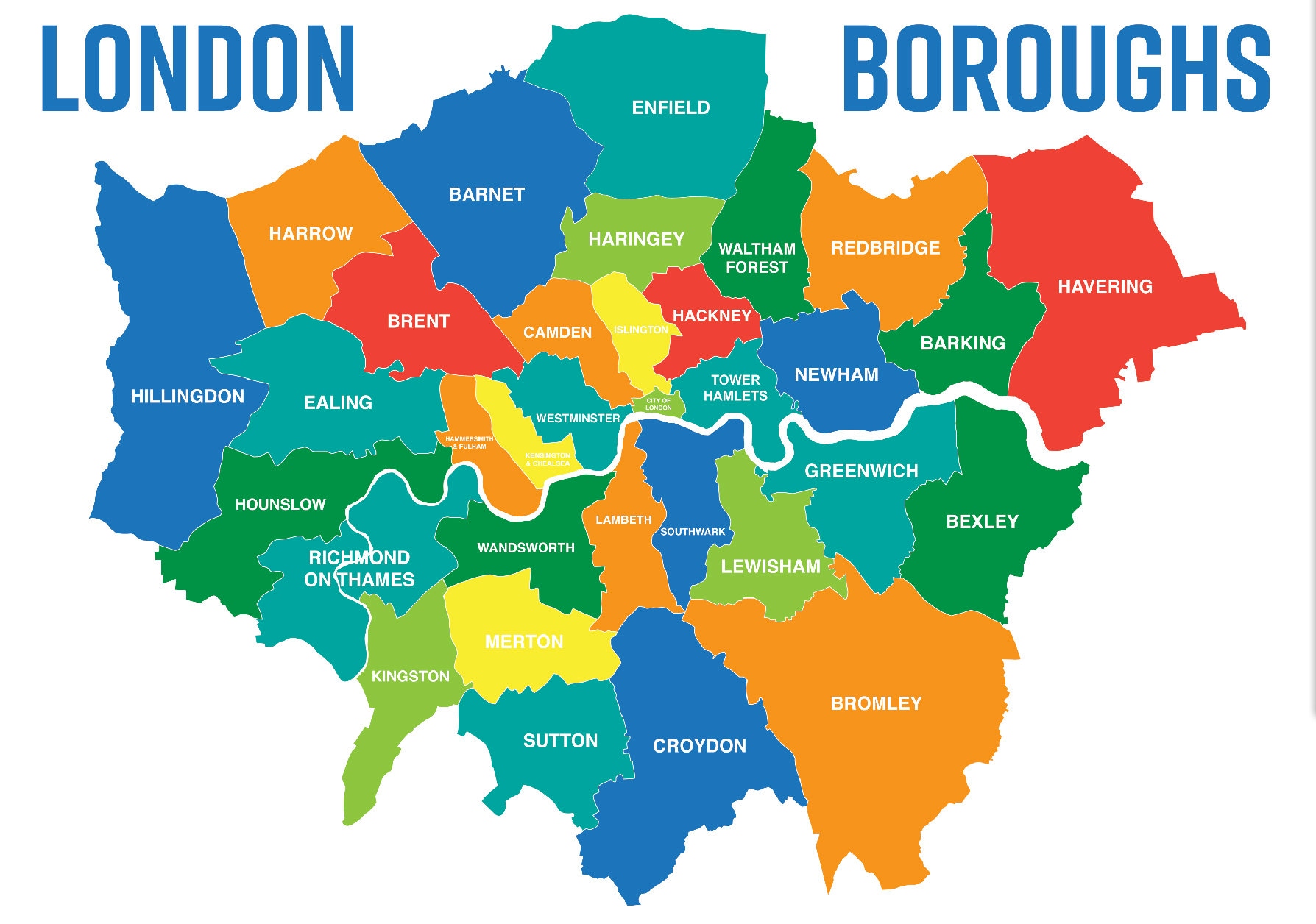
London Postcode Areas
The main London postcode areas are broken into several categories: central, north, east, west, and south. Here's an overview of the key postcode areas.
Central London (EC and WC Postcodes)
EC (Eastern Central): The EC postcode area primarily covers the City of London, the historic core of the city, and parts of the northern bank of the River Thames. It includes neighborhoods like Farringdon, Shoreditch, and parts of Clerkenwell. The EC postcode areas are known for their proximity to financial institutions, historic landmarks, and significant commercial properties. Some of the most prominent postcodes in this region include:
EC1 – Clerkenwell, Farringdon
EC2 – Moorgate, Liverpool Street
EC3 – Tower Hill, Aldgate
EC4 – St Paul’s, Fleet Street
WC (Western Central): The WC postcode area covers much of Central London, especially areas to the north of the River Thames. It includes Bloomsbury, Holborn, Covent Garden, and the British Museum. This area is known for its cultural landmarks, educational institutions, and government offices. Key postcodes in this area include:
WC1 – Bloomsbury, Russell Square
WC2 – Covent Garden, Somerset House
North London (N Postcodes)
N (North): The N postcode area covers the northern suburbs of London, extending from Islington outwards. This region is characterized by residential areas, green spaces, and vibrant communities. Some well-known neighborhoods include Camden, Holloway, and Highbury. The N postcode includes:
N1 – Islington, De Beauvoir Town
N5 – Highbury
N7 – Holloway
N16 – Stoke Newington, Dalston
North London has always been an eclectic mix of cultures, with a growing young population and a variety of cultural hotspots, from lively markets in Camden to the peaceful surroundings of Hampstead Heath.
East London (E Postcodes)
E (East): The E postcode area covers the eastern part of London, including some of the city's most dynamic and rapidly developing neighborhoods. East London is known for its creative scene, technology hubs, and financial districts, particularly around Canary Wharf and the Docklands. Postcodes in the East London area include:
E1 – Whitechapel, Stepney
E2 – Bethnal Green, Shoreditch
E14 – Canary Wharf, Docklands
E20 – Stratford, Queen Elizabeth Olympic Park
East London has undergone significant transformation in recent years, particularly after the 2012 London Olympics, which spurred extensive regeneration efforts in the Stratford and Docklands areas.
West London (W Postcodes)
W (West): West London is synonymous with affluence, sophistication, and well-established residential areas. It includes iconic neighborhoods like Notting Hill, Kensington, and Paddington. The area is home to high-end shopping streets, cultural attractions, and renowned educational institutions. The W postcode includes:
W1 – Mayfair, Soho, Marylebone
W8 – Kensington
W11 – Notting Hill
W12 – Shepherd’s Bush
West London is also known for its proximity to some of London’s best parks, such as Hyde Park and Kensington Gardens, offering a green retreat from the hustle and bustle of the city.
South West London (SW Postcodes)
SW (South West): The SW postcode area is known for its diverse neighborhoods, ranging from the cultural and tourist-heavy South Kensington to the leafy suburbs of Wimbledon. South West London is a blend of historic charm and modern development, making it a highly sought-after area to live in. Key SW postcodes include:
SW1 – Belgravia, Westminster
SW3 – Chelsea
SW7 – South Kensington, Knightsbridge
SW19 – Wimbledon
South West London is also notable for housing many of the city’s museums, including the Natural History Museum and the Victoria and Albert Museum, as well as being home to the world-famous Wimbledon Tennis Championships.
South East London (SE Postcodes)
SE (South East): The SE postcode area encompasses the boroughs to the south of the River Thames, including vibrant and culturally diverse neighborhoods such as Peckham, Lewisham, and Greenwich. South East London is known for its historical sites, like the Royal Observatory and the Cutty Sark, as well as emerging arts and music scenes. Key postcodes in this area include:
SE1 – South Bank, Borough
SE10 – Greenwich
SE15 – Peckham
SE16 – Rotherhithe
The South East is also home to major regeneration projects, including the ongoing development around the Elephant and Castle area and the transformation of the Greenwich Peninsula.
Unique Aspects of the London Postcode System
One of the most unique features of the London postcode system is how it reflects the historical and social evolution of the city. For instance, the SW1 postcode is synonymous with political power, as it encompasses the Houses of Parliament, while the EC1 postcode is at the heart of London's financial district.
The postcode system also reflects the city's vast economic and social diversity. In areas like East London, postcodes such as E1 can include both rapidly gentrifying neighborhoods and historically working-class areas, showing the city’s continual change.
Moreover, London’s postcode system plays a crucial role in property values and business locations. Certain postcodes, like W1 and SW3, are associated with prestige, high property prices, and luxury businesses. Meanwhile, postcodes further out from the city center, such as those in the N and SE districts, tend to offer more affordable housing options, although they are rapidly rising in popularity due to improved transportation links and urban regeneration projects.
The London postcode system is more than just a means of sorting mail—it is a reflection of the city's complex geography, history, and culture. From the affluence of the W postcodes to the creativity of the E districts, each part of London has its own unique identity, and the postcode system provides a way to navigate this vast and varied metropolis. Whether you are a resident, a visitor, or someone doing business in the city, understanding London’s postcodes is key to understanding the city itself.
Here is a list of all the areas covered by the London postcode districts,
The City of London UK London Borough postal zone covers Aldersgate, Aldgate, Bassishaw, Billingsgate, Bishopsgate, Bread Street, Bridge, Broad Street, Candlewick, Castle Baynard, Cheap, Coleman Street, Cordwainer, Cornhill, Cripplegate, Dowgate, Farringdon Within, Farringdon Without, Langbourn, Lime Street, Portsoken, Queenhithe, Tower, Vintry, Walbrook.
Central London Postcodes (EC and WC)
EC1 – Clerkenwell, Farringdon, Barbican
EC2 – Moorgate, Liverpool Street, Bank
EC3 – Tower Hill, Aldgate, Monument
EC4 – St Paul's, Fleet Street
WC1 – Bloomsbury, Russell Square, Holborn
WC2 – Covent Garden, Strand, Charing Cross
North London Postcodes (N)
N1 – Islington, De Beauvoir Town, Hoxton
N2 – East Finchley
N3 – Finchley Central
N4 – Finsbury Park, Manor House
N5 – Highbury
N6 – Highgate
N7 – Holloway
N8 – Crouch End, Hornsey
N9 – Lower Edmonton
N10 – Muswell Hill
N11 – New Southgate
N12 – North Finchley, Woodside Park
N13 – Palmers Green
N14 – Southgate
N15 – Seven Sisters
N16 – Stoke Newington, Stamford Hill
N17 – Tottenham
N18 – Upper Edmonton
N19 – Archway, Tufnell Park
N20 – Whetstone, Totteridge
N21 – Winchmore Hill
N22 – Wood Green, Alexandra Palace
East London Postcodes (E)
E1 – Whitechapel, Stepney, Mile End
E2 – Bethnal Green, Shoreditch
E3 – Bow, Bromley-by-Bow
E4 – Chingford
E5 – Clapton, Upper Clapton
E6 – East Ham, Beckton
E7 – Forest Gate, Upton Park
E8 – Hackney, Dalston
E9 – Homerton, Hackney Wick
E10 – Leyton
E11 – Leytonstone
E12 – Manor Park, Little Ilford
E13 – Plaistow, Upton Park
E14 – Canary Wharf, Isle of Dogs, Poplar
E15 – Stratford, West Ham
E16 – Canning Town, North Woolwich, Silvertown
E17 – Walthamstow
E18 – South Woodford
E20 – Olympic Park, Stratford (newer postcode)
West London Postcodes (W)
W1 – Mayfair, Marylebone, Soho, Fitzrovia
W2 – Bayswater, Paddington
W3 – Acton
W4 – Chiswick
W5 – Ealing
W6 – Hammersmith
W7 – Hanwell
W8 – Kensington
W9 – Maida Vale, Warwick Avenue
W10 – Ladbroke Grove, North Kensington
W11 – Notting Hill
W12 – Shepherd’s Bush, White City
W13 – West Ealing
W14 – West Kensington
South West London Postcodes (SW)
SW1 – Westminster, Belgravia, Pimlico
SW2 – Brixton, Tulse Hill
SW3 – Chelsea
SW4 – Clapham
SW5 – Earls Court
SW6 – Fulham, Parsons Green
SW7 – South Kensington
SW8 – South Lambeth, Nine Elms
SW9 – Stockwell, Brixton
SW10 – West Brompton, World's End
SW11 – Battersea, Clapham Junction
SW12 – Balham
SW13 – Barnes, Castelnau
SW14 – Mortlake, East Sheen
SW15 – Putney, Roehampton
SW16 – Streatham, Norbury
SW17 – Tooting
SW18 – Wandsworth, Southfields
SW19 – Wimbledon, Merton
SW20 – Raynes Park, South Wimbledon
South East London Postcodes (SE)
SE1 – South Bank, Borough, Bermondsey
SE2 – Abbey Wood
SE3 – Blackheath, Westcombe Park
SE4 – Brockley, Crofton Park
SE5 – Camberwell
SE6 – Catford, Hither Green
SE7 – Charlton
SE8 – Deptford
SE9 – Eltham, Mottingham
SE10 – Greenwich
SE11 – Kennington
SE12 – Lee, Grove Park
SE13 – Lewisham, Hither Green
SE14 – New Cross
SE15 – Peckham, Nunhead
SE16 – Rotherhithe, South Bermondsey
SE17 – Walworth, Elephant & Castle
SE18 – Woolwich, Plumstead
SE19 – Crystal Palace, Upper Norwood
SE20 – Penge, Anerley
SE21 – Dulwich
SE22 – East Dulwich
SE23 – Forest Hill, Honor Oak
SE24 – Herne Hill
SE25 – South Norwood
SE26 – Sydenham
SE27 – West Norwood
SE28 – Thamesmead
Outer London Postcodes (Enfield, Harrow, Ilford, and More)
EN1 to EN4 – Enfield, Barnet
HA0 to HA9 – Harrow
IG1 to IG11 – Ilford, Barking, Dagenham
BR1 to BR8 – Bromley
CR0 to CR9 – Croydon
DA1 to DA18 – Dartford, Bexley
RM1 to RM20 – Romford, Havering
SM1 to SM7 – Sutton, Morden
KT1 to KT24 – Kingston upon Thames
TW1 to TW20 – Twickenham, Hounslow
UB1 to UB11 – Uxbridge
WD1 to WD25 – Watford
This list includes the main areas within London and its surrounding districts. London’s postcode system is vast, and it serves as a helpful guide for understanding the geography and layout of the city, ensuring effective mail delivery, navigation, and even property identification.



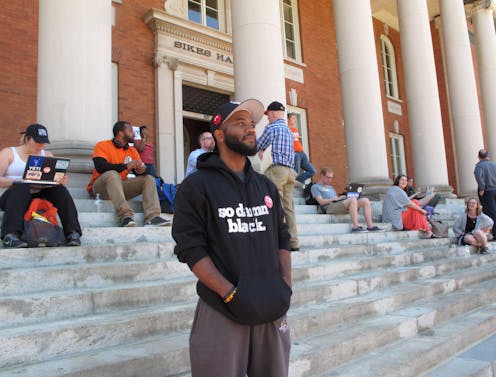
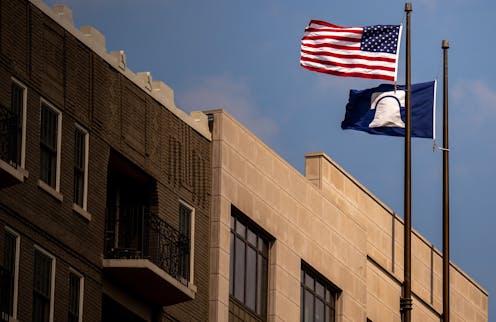
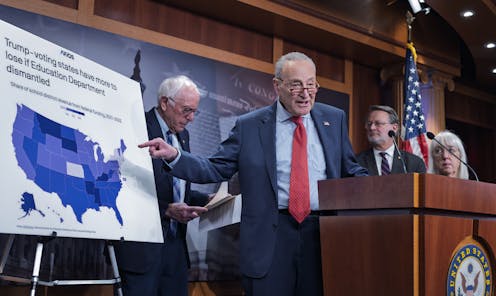
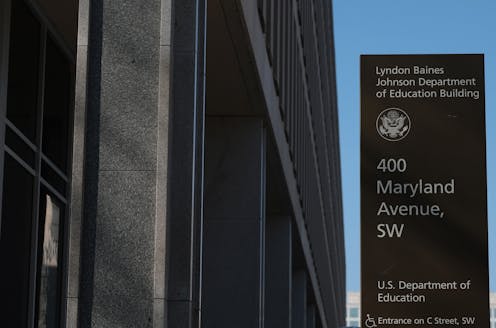
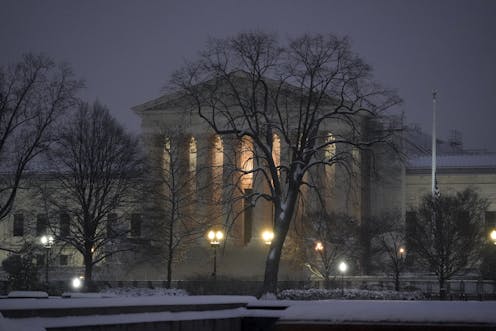

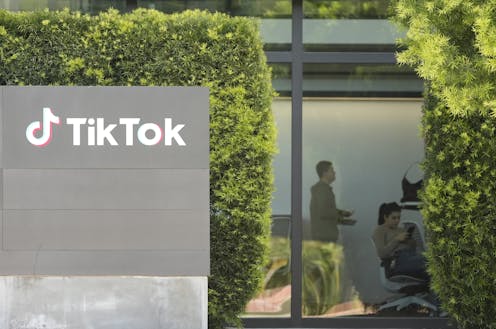

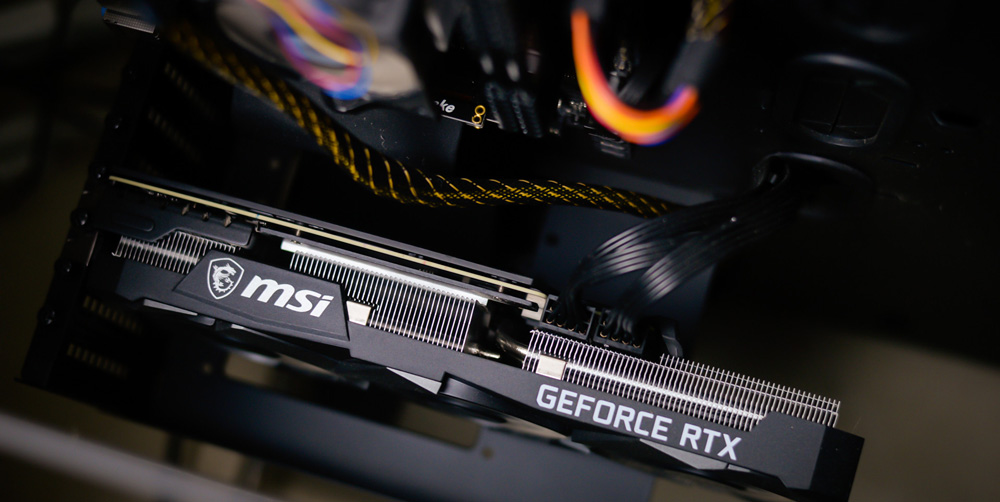






 English (United States) ·
English (United States) ·